Nonostante tutto questo conservava l'immagine di un uomo modesto, ben vestito, dai modi gentili che lo rendevano simpatico. Negli occhi aveva quel brillio tipico delle persone di buon cuore.
Nel 1960 fece una donazione di 25.000 sterline all'accademia australiana delle scenze "Canberra" per costruire una biblioteca, in questa occasione affermò con il suo marcato accento polacco:
"Mi da una grande felicitá donare i miei soldi"
Accanto alle grandi opere benefiche sostenne sempre anche singoli individui e innumerevoli piccoli progetti in cui credeva. Sostenne cause sia ebraiche che cristiane, dimostrando grande apertura mentale e intelligenza. Sostenne Sir Moses Montefiore della Casa Ebraica, la Children's Medical Research Foundation, la Sydney Opera House e la "Federation of New South Wales Police-Citizens Boys' Clubs", della quale ebbe l'onore di essere eletto governatore a vita nel 1957. Anche la fontana in Chifley Square a Sydney è stata costruita grazie a una donazione di Adolph Basser. Istituì un premio di 100 sterline per il miglior contributo al "Quadrant". Da quando si recò nel sud per la Melbourne Cup contribuì ogni anno con donazioni al "Lord Mayor's Fund" per ospedali metropolitani e altre opere di beneficenza.
Quiet, well-dressed and bespectacled, Basser was a modest figure at the many ceremonies that marked his benefactions. 'It gives me happiness to give away money', he said in 1960, in his marked Polish accent, on donating £25,000 to establish a library at the Australian Academy of Science, Canberra. A 'sprightly man', noted for his 'gentle manner' and the 'twinkle in his eye', Basser enjoyed an occasional game of golf or bowls, and 'was partial to a drop of Scotch'. He belonged to Tattersall's, the Australian Jockey and Manly Golf clubs, and to the Royal Automobile Club of Australia. Every two years he took a sea cruise to unwind and also to meet his scattered relations.
As well as his more spectacular benefactions, Basser helped many individuals and small projects, and supported Jewish, Christian and non-denominational causes, among them the Sir Moses Montefiore Jewish Home, the Children's Medical Research Foundation, the Sydney Opera House and the Federation of New South Wales Police-Citizens Boys' Clubs (of which he was made a life governor in 1957). He also provided a fountain for Chifley Square, Sydney, and a £100 prize for the best contribution to Quadrant. Each year from 1952 he bought a £1000 Legacy badge which he had made into cufflinks. When he went south for the Melbourne Cup he contributed annually to the Lord Mayor's Fund for Metropolitan Hospitals and Charities.
Construction of Chifley Square fountain
Cosa hanno, secondo voi, in comune; il primo cervello elettronico costruito in Australia, la gioielleria Saunders, ed un cavallo?
Una storia affascinante! Grazie alla visione di Harry Messel un carismatico professore, grazie alla potenza delle gambe di Delta, il cavallo vincitore della Melbourne Cup del 1951 e grazie alla generosità del suo padrone, Adolph Basser che donò il ricavato della scommessa sulla vincita di Delta,
all''università di Sydney si costruì il primo "cervello elettronico" australiano.
Henry Messel, scienziato di origine canadese, era dell'idea che il "cervello elettronico" sarebbe stato il futuro e la costruzione di esso sarebbe stata fondamentale per l'Australia.
What did you think have in common, the first electronic brain built in Australia, the jewelry Saunders, and a horse?
An amazing story! Thanks to the vision of a charismatic Professor, Harry Messel, thanks to the power of the legs of Delta, the horse wich won the Melbourne Cup in 1951 and thanks to the generosity of his master, Adolph Basser, who gave the win of Delta to the University of Sydney, to built the first "electronic brain" of Australian.
Henry Messel, Canadian-born scientist, was the idea that the "electronic brain" would be the future and the construction of it would be crucial for the Australia.
Henry Messel era determinato a costruire il "cervello elettronico" e a trovare il denaro necessario. Aveva bisogno di 50.000 sterline, ma quando proponeva il progetto a qualcuno tutti si mettevano a ridere. L'unico che non rise, ma che ebbe invece la stessa visione di Messel fu Adolph Basser della
Saunders Ltd.
Basser donó 50.000 sterline all'università e più tardi raddoppiò con 100.000 sterline, grazie alla vincita del suo cavallo Delta al Melbourne Cup del 1951. Il laboratorio dove si costruì il computer prese il nome, in suo onore, di Adolph Basser.
Henry Henry was determined to build the "electronic brain" and find the money to do it. He needed 50,000 pounds, but when he brought the project to someone they all laughed. The only one who did not laugh, but instead had the same vision of the Messel was Adolph Basser of the Saunders Ltd.
Basser donated £ 50,000 to the University and later doubled to £ 100,000, thanks to his winning the Melbourne Cup horse Delta 1951. The laboratory where he built the computer named in his honor, Adolph Basser.
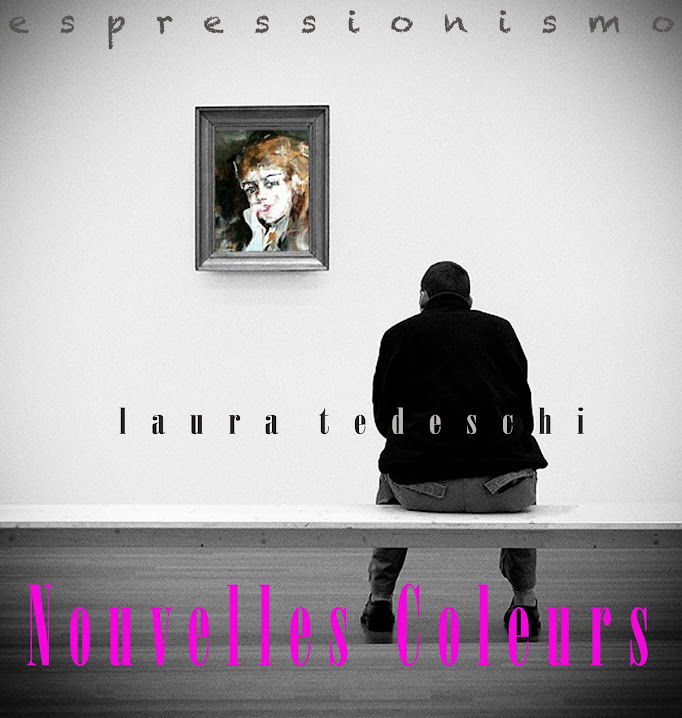
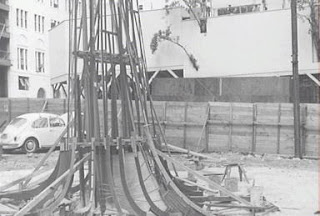
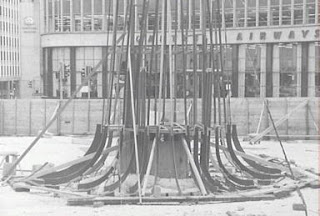

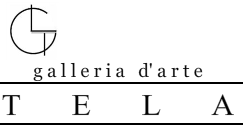
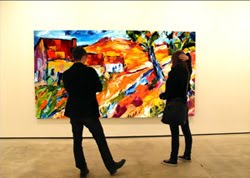
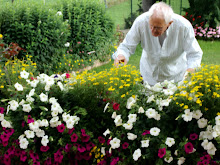













+8.jpg)



13 comments:
Un 'altra storia molto interessante,brava Laura è un piacere leggerti.
Ciao,buona serata
Francesco
Ciao Francesco, grazie mille!
Muy interesante lo qu has escrito.
Un abrazo
Ana Manotas Cascos
gracias Ana
Every post a great post....and mainly a new lesson.
Thanks for share it.
Kisses, dear Laura.
Most interesting! Thank you!
Laura .... your posts are really cool .
uno dei rari casi in cui i sogni si avverano!
Crissant
gracias querida...
Clint
thank you Clint :-)
Caio Fern
Hi Caio, thank you so much my dear
Marina Salomone
ciao Marina mi fa piacere vederti :-)
beh dai i sogni si avverano, bisogna crederci... :-)
un bacione e grazie della visita
Gracias por permitir ver en foto esa primera computadora y pensar que hoy cabe en nuestra mano uno que es millones de veces superior al de la foto... Gracias querida Laura, siempre me gusta apreciar lo que nos compartes.. Gracias por eso.
Un abrazo hasta alli.
Juan José
Post a Comment